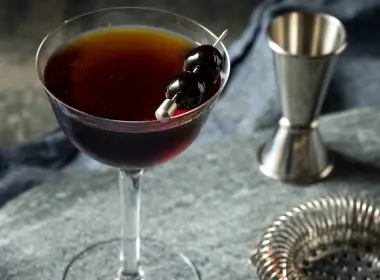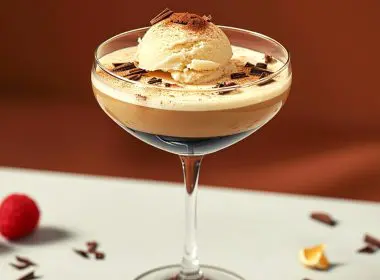What is an Aperitif and When is it Served?
Jump to:
By definition, an aperitif is an alcoholic drink that is served before a meal to stimulate your appetite. But, throughout Italy, the real aperitif meaning is so much more significant than that.
Coined as the “aperitivo moment” and often accompanied by a golden sunset, this pre-dinner drink ritual has captured the hearts and minds (and Instagram feeds!) of foodies and cocktail enthusiasts alike. All over the world, it’s universally agreed that an aperitif is the best way to kick off your night in style.
What’s an aperitif?
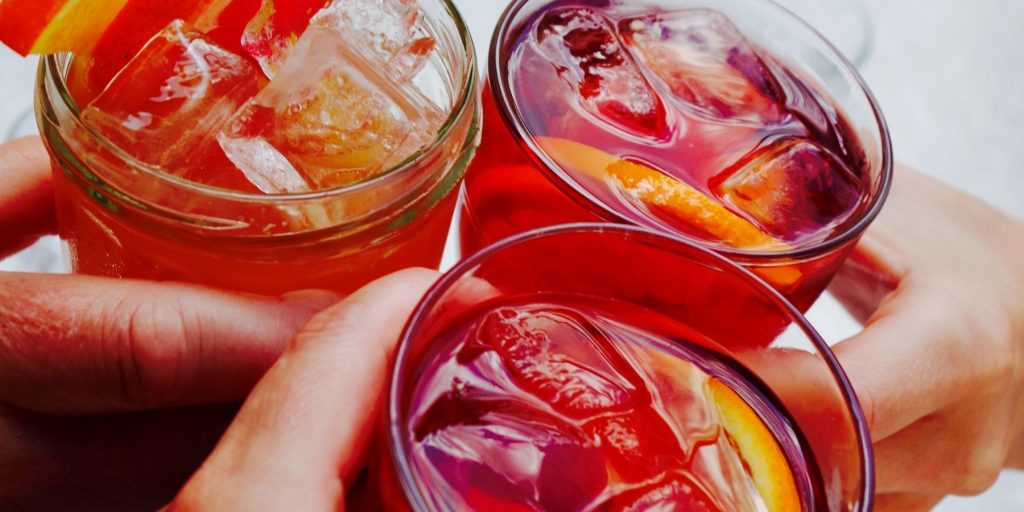
Before dinner drinks is a nod to an 18th-century European tradition started in northwest Italy by King Vittorio Emanuele II, when he made vermouth his preferred pre-dinner drink. It was later carried on by Count Camillo Negroni, who invented the famous Negroni cocktail by blending sweet vermouth, gin, and bitters.
So, now you that know this tradition was coined by kings and counts even before the 19th century, read on to find out how you can incorporate this royally approved ritual as a part of your next dinner party.
There are many types of aperitifs, but they all share some common characteristics:
- They’re dry rather than sweet and tend to be more herbal and bitter.
- The alcoholic content of a drink affects the appetite, so aperitifs tend to be low alcohol when compared to the ABV of conventional drinks. Some liqueurs, like Campari, need to be diluted with other drinks to lower their alcoholic content for these purposes.
- Aperitifs include fortified wines, like Madeira or dry vermouth, and botanical or bitter spirits that are served with soda water.
Read next: What is Gin Made From: The Ori(gin) Story & More
SO, WHAT’S ACTUALLY IN CAMPARI? |
|
 |
Olivia Cerio gives us the lowdown on Campari’s secret blend of botanicals—and why it’s still got that “can’t-quite-put-your-finger-on-it” magic.Read all about it, here. |
Aperitif and digestif
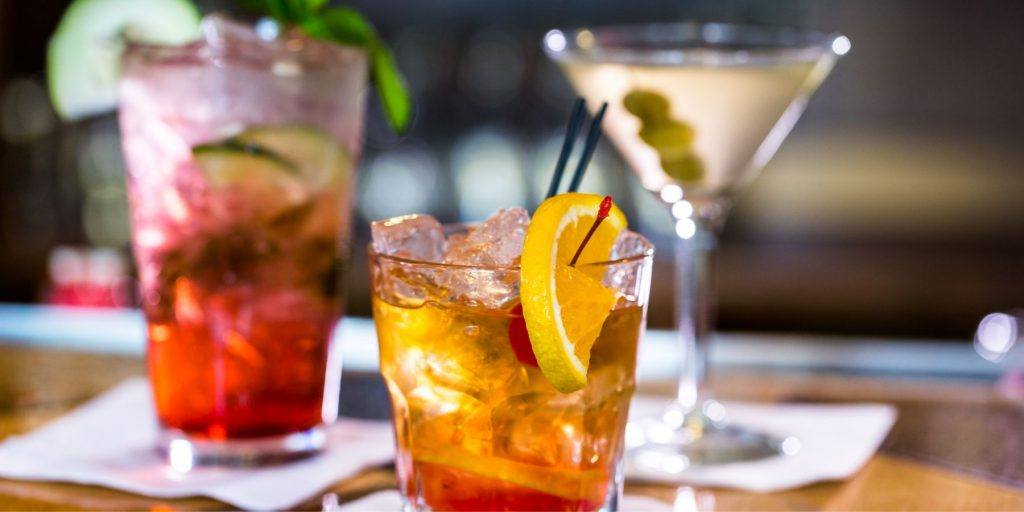
If an aperitif is meant to open up the palate and usher in the dinner ceremony, the digestif is its closing counterpart. Digestif – referred to as amaro in Italian – are alcoholic beverages that are meant to aid digestion after a large meal. Popular digestifs include fortified wines, like port and sherry, herbal liqueurs, like aquavit, and aged liqueurs, like brandy and grappa.
While there’s a variety of after-dinner drinks that fall into this category, a digestif is not to be confused with a dessert drink, which is typically sweeter and features decadent ingredients like chocolate and cream.
When is an Aperitif served?

According to tradition, aperitif is served at sunset. At a typical Italian aperitif hour, you will see bars starting to serve cicchetti (appetizers like cheese, cured meats and olives) to accompany your drink of choice. You can easily replicate this idea at home, offering your guests tasty bites as you’re waiting to move to the dinner table.
The golden rule is to serve an aperitif between 30 to 60 minutes before dinner, in order to allow drinks served before a meal to stimulate the appetite and the conversation. After all, aperitif is a state of mind.
Typical Aperitif Drinks
While we can’t promise that serving an aperitif will make your cooking taste better, we can guarantee that it’ll definitely get your guests talking. If you’re looking for inspiration for your next pre-dinner cocktails and drinks, here are some of the classic aperitifs you can make easily at home:
Lillet
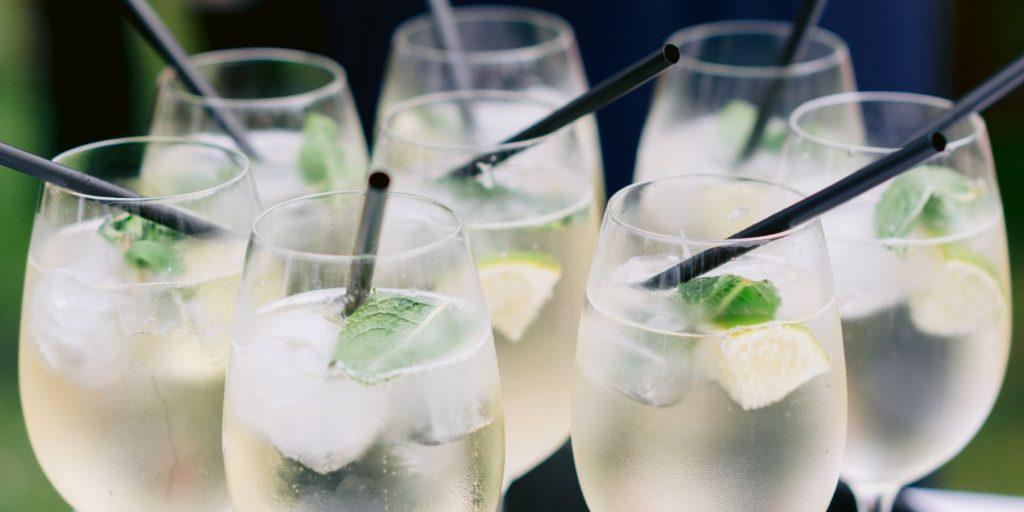
Lillet is a French aromatised aperitif wine. It consists of wine fortified with citrus liqueurs, and there are many varieties to choose from, including Lillet Blanc, Rosé and Rouge, depending on the base grapes. Lillet has more alcohol than a glass of aperitif wine and the French usually enjoy it chilled neat, or on the rocks. It also stars in cocktails like the iconic Vesper Martini.
Vermouth

Another great aperitif wine is vermouth, which owes its name to its fundamental ingredient, a wormwood plant. Vermouth can be broken down into Italian sweet/red and French dry/white. The spices you can taste in this wine include chamomile, cinnamon, juniper and coriander. Vermouth is also a key ingredient in many aperitif cocktails such as Negroni, and the classic Martini.
Learn more: Everything You Need to Know About Vermouth
Anis

If you love liquorice, anis aperitifs will fast become your favourite. Characterised by strong liquorice and herbal flavours, anise is widely used across the Mediterranean in many liqueurs, like the Greek Ouzo and the French Pastis. They both make for great aperitif drinks if diluted with water and served over ice.
Aperol
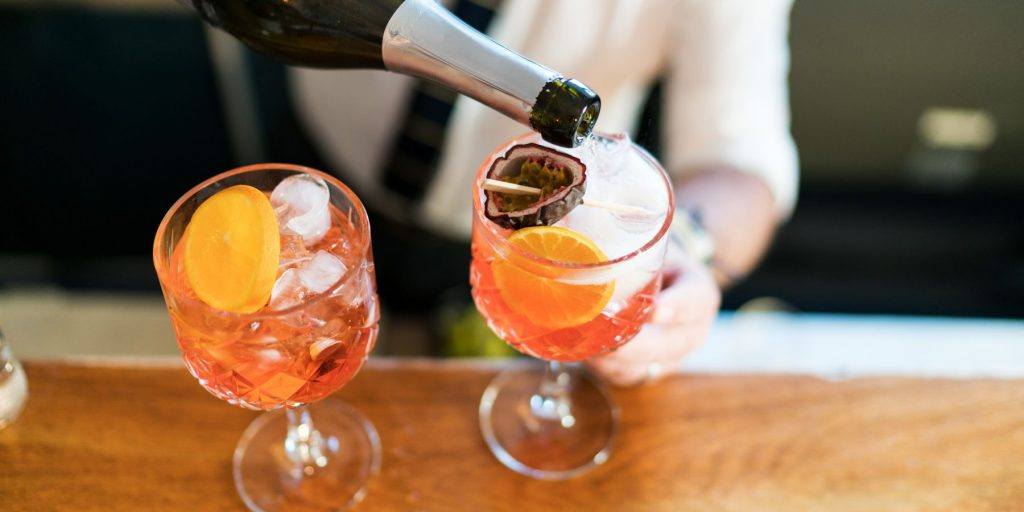
This bright orange classic aperitif is a bitter made of gentian, rhubarb and cinchona, among other ingredients. Aperol is light, refreshing and citrusy and it’s great to be drunk on its own or in cocktails, such as the popular aperitif Aperol Spritz.
Cynar
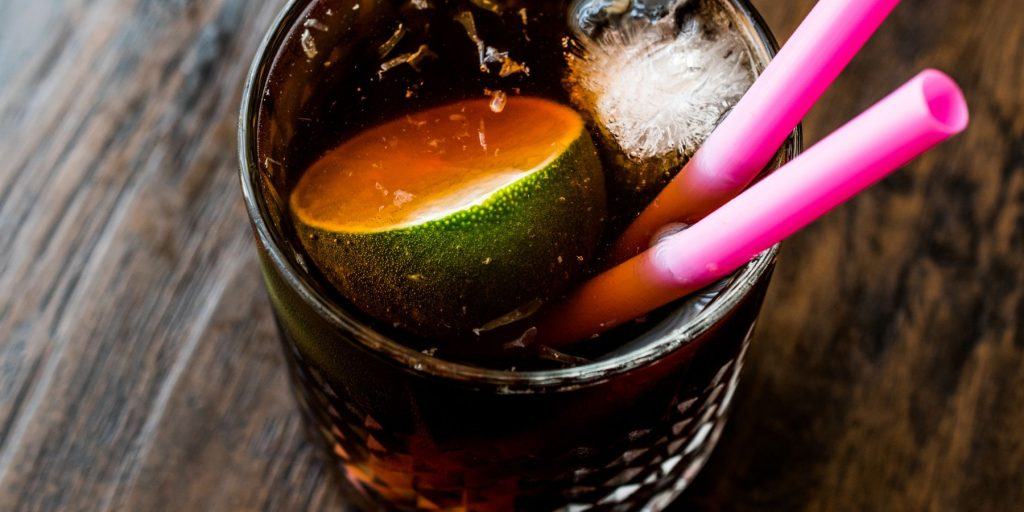
Made of 13 herbs, the predominant ingredient of this amaro is artichoke, which give it its name (artichoke is Cynar in Latin). Low sugar, low alcohol and a bitter taste make Cynar the perfect aperitif drink. Its flavour is earthy, herbaceous, yet sweet and it’s also regarded as a digestif
Campari
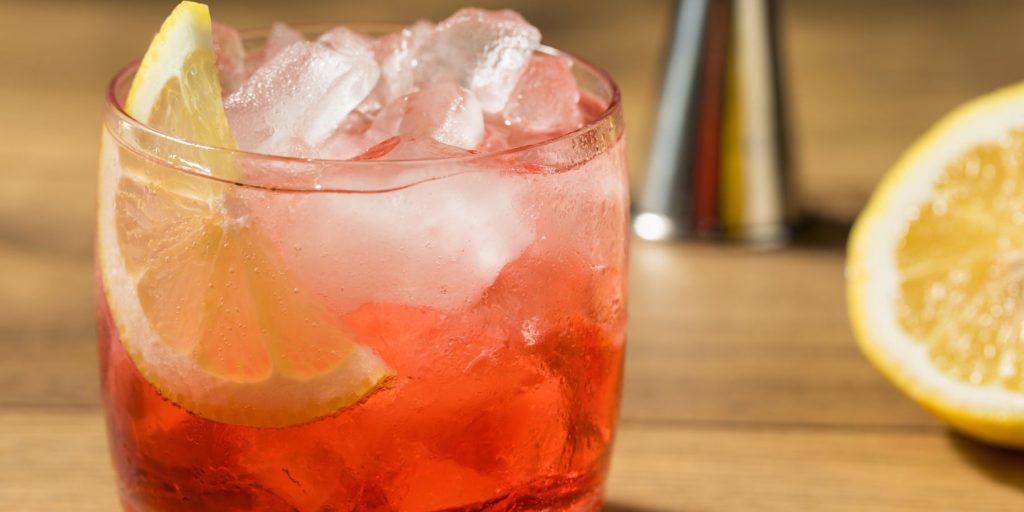
Distinctively ruby red and bitter, Campari is at the core of Italian aperitif culture. It’s an alcoholic spirit obtained by mixing bitter herbs and spices, aromatic plants and fruits in alcohol and water. You can enjoy it on its own or with a dash of soda. Campari is the frontman in many Italian cocktails, including Negroni and Boulevardier.
White Wines Aperitifs

Cocktails aren’t your thing? At aperitif hour, enjoy a glass of Sauvignon Blanc or Chardonnay. Bubbles are also a winner option, whether it’s Italian Prosecco, French Champagne or Spanish Cava – make sure they’re brut or extra-dry.
Red wines Aperitifs

If red is your go-to, Lambrusco can be a bold and attractive alternative. Other alcoholic fruity red wines like Sangiovese and Montepulciano can make the perfect aperitif.
Are you hosting a house party or a garden get-together? Surprise your guests with incredible drinks that are also easy to prepare and tweak according to the occasion. Discover the best aperitif recipes for any season and start embracing this royal tradition that’ll definitely get the party started.
How to Drink an Aperitif

Aperitifs should be served between 30 and 60 minutes before dinner, allowing some time for guests’ appetites to be piqued. Most aperitif drinks have a wine base, which is why it should be served chilled or over ice when the recipe calls for it.
According to tradition, an aperitif should be served with savoury nibbles like cheese, cured meats, olives and crackers. Since an aperitif is designed to stimulate the appetite before dinner, these foods should be consumed in moderation. However, the concept of Apéro Dinatoire (aperitif dinner) has become more and more popular, combining the classic aperitif with a bite-sized snack dinner in a unique social meal.







